You wouldn’t have been able to tell from the recent California heat wave, but Halloween is just around the corner. It’s my favorite holiday by far for the costumes, candy, and camaraderie, but if there’s one thing I avoid, it’s being scared when I want to have fun.
That means turning down invites to haunted houses and leaving the room whenever my husband watches a horror film. I’d rather be titillated than terrified—which is why I spend the vast majority of my time reading and writing romance.
And yet, there are still plenty of nightmares to be found in my favorite genre, so in honor of the month of the macabre, here are the scariest trends I’m seeing in romance novels.
1. All vibes, no plot
My obsession with Slate advice columns and the “Am I the asshole?” subreddit is proof enough that people are terrible at communicating clearly and directly.
But for some reason, readers’ hatred for the miscommunication trope has led to the rise of romances without a third-act breakup.
On the surface, this may sound like a good thing—who wouldn’t want more stories with happy couples and healthy communication?
To that, I say: do you watch reality TV to find role models? Of course not. If everybody on Love is Blind was well-adjusted, it would be boring as hell.
And that’s how I feel about any book that’s only about the “vibes.” This is usually code for lacking conflict, and I argue that conflict is critical for compelling stories.
Romances without conflict suffer from weak plotting and low stakes. It’s not good enough to have characters fall in love. You must convince the reader these people are meant to be together, and you can accomplish that by threatening to tear them apart.
So yes, I’m a third-act breakup evangelist. Screw good vibes. Gimme foreshadowing and fights and all the bad vibes. The harder characters fight for each other, the more satisfying the happy ending will be.
2. Book cover confusion
Romance readers have strong preferences when it comes to book covers, which typically fall into one of these categories:
Illustrated: By far the most popular style for romantic comedies, these feature colorfully drawn characters and imply a sense of lightheartedness.
Photographed: This style encompasses everything from historical clinch covers to stock images of shirtless men.
Discreet: These covers, common in dark and erotic romance, use abstract imagery to mask their subject matter for readers who prefer privacy when reading in public.
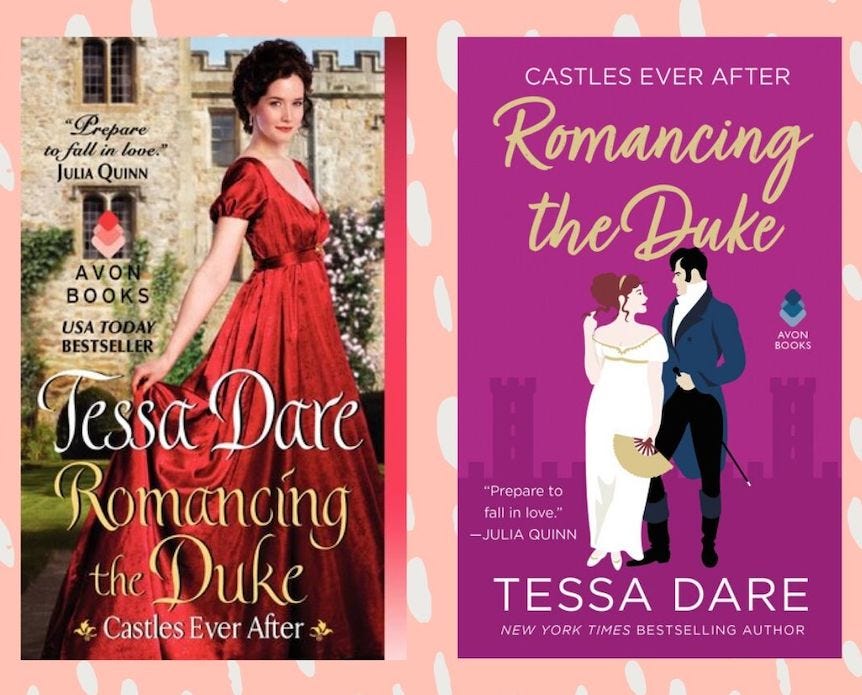
I understand when authors refresh their covers to attract new readers. The problem is when they don’t meet reader expectations. I’ve read books with cutesy rom-com covers full of trauma dumping and sexy covers that don’t deliver on spice.
Illustrated covers incite the most confusion because there is little distinction between romance and women’s fiction or adult vs. YA romance.
Take these two Lynn Painter covers. Can you tell at first glance which one is marketed to teenagers?
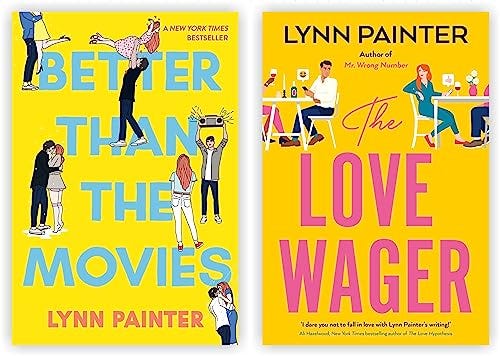
This isn’t a criticism of the author since publishers are responsible for marketing their books. But imagine the landmines I have to dodge to ensure I’m picking up an open-door romance for adults.
Granted, blurbs can do a great job of clearing up any confusion, but ideally it would be easier to prevent a potential bait-and-switch without requiring a closer analysis. How I wish indie authors and traditional publishers would use book covers to make it explicitly clear who their stories are for and what to expect between the pages.
3. Rom-coms that lack com
I will say this until the end of days:
The road to hell is paved with romantic comedies that aren’t funny.
And yes, funny is in the eye of the beholder, but too many writers interpret comedy only as slapstick situations or annoyingly quirky characters. Very few understand the art of witty banter, and even less can pull off satire.
And honestly, it’s fine if humor isn’t an author’s forte! Marketing a novel as a no-frills contemporary romance is infinitely better than overestimating its ability to get readers to literally laugh out loud.
If you’re searching for top-tier LOLs, look no further:
Bet Me by Jennifer Crusie (2004)
Talk Nerdy to Me by Vicki Lewis Thompson (2006)
The Hating Game by Sally Thorne (2016)
Red, White & Royal Blue by Casey McQuiston (2019)
You Deserve Each Other by Sarah Hogle (2020)
It Happened One Summer by Tessa Bailey (2021)
4. Trope hall of horrors
Let me say upfront that tropes aren’t inherently bad because they can be a useful way to categorize types of stories, plots, and characters. But at the risk of sounding like a boomer, trope marketing has gotten out of hand.
Tropes are one thing, but now I’m seeing conversations on social media around microtropes, minitropes, nanotropes, and tropes so niche they are basically meaningless.
This has led to what I refer to as “10 tropes in a trench coat” syndrome, where authors seemingly play a fill-in-the-blank game, Mad Libs style:
The enemies-to-lovers romantasy with a morally gray villain who has a knife-to-throat moment with the plucky protagonist before going on a “Who did this to you?” rampage when someone else puts her in danger.
The contemporary small-town, second-chance romance that involves fake dating the brother’s best friend who likes to say “good girl” while they’re caught in forced proximity with only one bed to share between them.
Tropification at its worst is a lazy tactic to shoehorn as many viral trends into a story to capitalize on as many readers as possible. But without a unique, interesting plot to stand on, these books end up drowning in a sea of mediocrity.
I’ll likely dive deeper into tropification, specifically on fanfiction’s influence on it, at some point in the future, but for now it would be nice if everybody could take a breather on those trope graphics. Let’s market more high-concept hooks and less ho-hum hashtags.
5. Sounds about white
It’s fitting I’m posting this rant around Halloween because right now all I’m seeing from romance are ghosts.
And I’m not talking about the paranormal. I mean the fact that the stories popping off on Bookstagram and BookTok all have casts as white as Casper.
It’s not difficult to figure out why the sports romances topping the charts involve hockey instead of football and basketball. With 84% of the NHL identifying as white, it’s often a convenient excuse for authors to avoid writing BIPOC characters.
To be fair, some authors are so ignorant, they’re better off writing only what they know and sticking to their own skin color. One white author was rightfully criticized this month for creating a series featuring young Black women without even a basic understanding of how they care for their hair.
But romance as a whole lacks diversity. According to author Jessica V. Aragon, 82% of English-language romance deals on Publishers Marketplace in the last year went to white authors.
This means the publishing landscape is highly segregated. On one hand, marginalized authors are either tokenized or disregarded for being “unrelatable.”
On the other hand, many white authors side-step accountability by refusing to put in the necessary work—like hiring sensitivity readers and educating themselves about underrepresented groups—to ensure the worlds they create are as diverse as the one they live in.
If you’re as frustrated as I am about the whiteness in romance, I highly recommend joining the #23for23 challenge, which was launched by Adriana Herrera, Nikki Payne, and Nisha Sharma at Steamy Lit Con.
This initiative encourages reading 23 books by BIPOC authors featuring BIPOC characters before the end of the year. So if you need more book recommendations, this reading list is a great place to start!
Getting Grumpy About Romance Ghouls
As the name Grumpy + Sunshine suggests, I’ll be spending a lot of my time ranting about my romance pet peeves. But I promise to always end on a good note. Keep scrolling for your monthly moment of sunshine, and don’t forget to share this post with your friends!
Your Moment of Sunshine ☀️
Every month, I share the things I loved most to bring a ray of warmth wherever you are.
(Note: Until SAG-AFTRA successfully negotiates a fair contract, I’ll be holding off on promoting any struck work. This writer stands in solidarity with artists of all kinds.)
Reading 📖
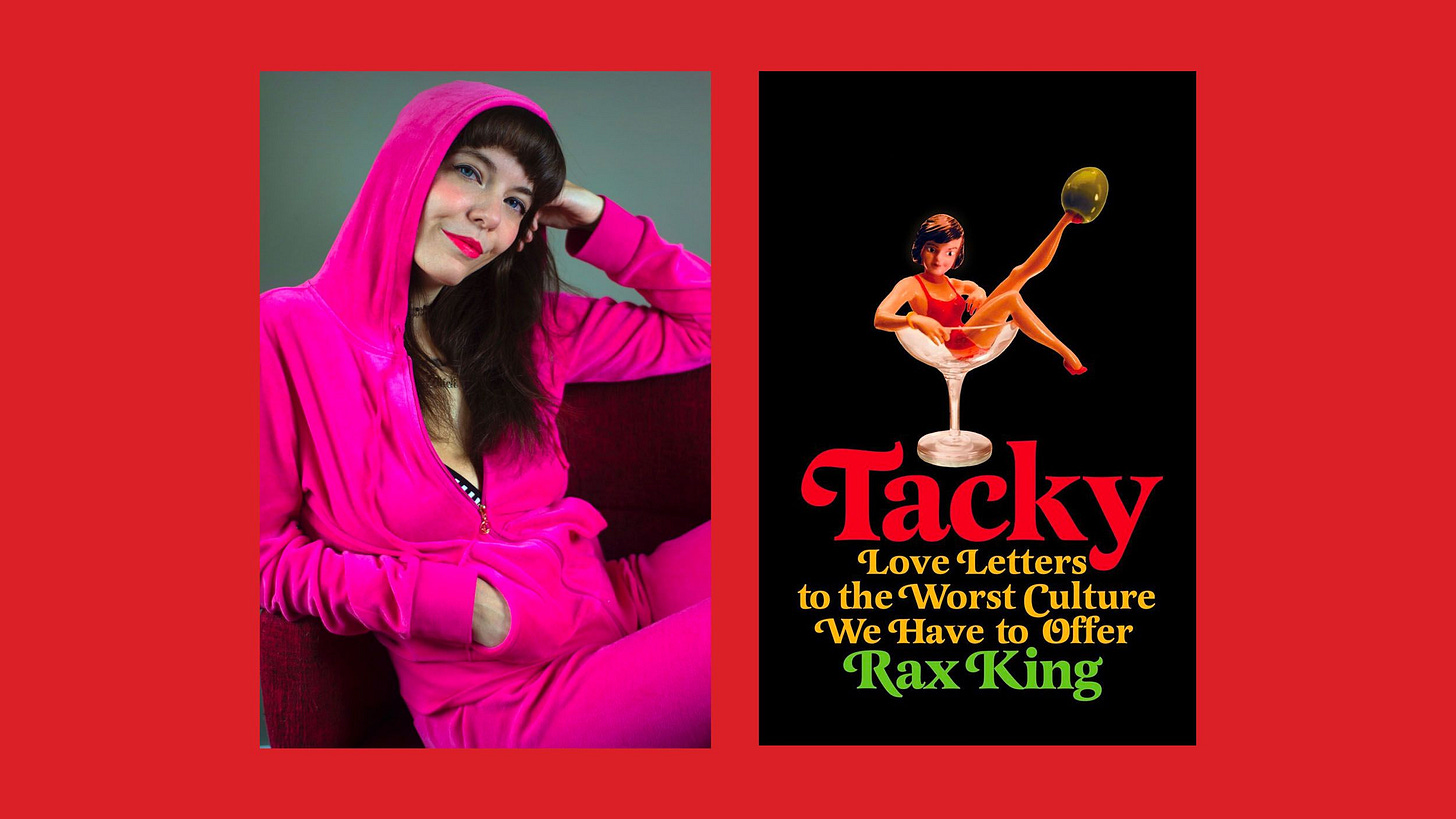
Tacky by Rax King
This recommendation from author Meg Elison was tailored precisely to me. I often rail against the haters who let society dictate what is cool and uncool, because they’re so insecure they can’t form their own opinions if their lives depended on it.
Rax King doesn’t care if the world hates Creed: In her essay collection Tacky, she immediately dives into why the band holds a special place in her heart. Her love letters celebrate everything from TV shows, like Sex and the City and America’s Next Top Model, to the Cheesecake Factory and Guy Fieri.
King lures you in with Millennial-fueled nostalgia as she reminisces about Hot Topic and Bath & Body Works, but she also pulls on your heartstrings, getting vulnerable about experiencing family dysfunction and abusive relationships. I’d rather be earnest than ironic, and ultimately, in its exploration of pop culture, Tacky encourages us to flip off the hipsters and love what we love out loud.
Listening 🎧
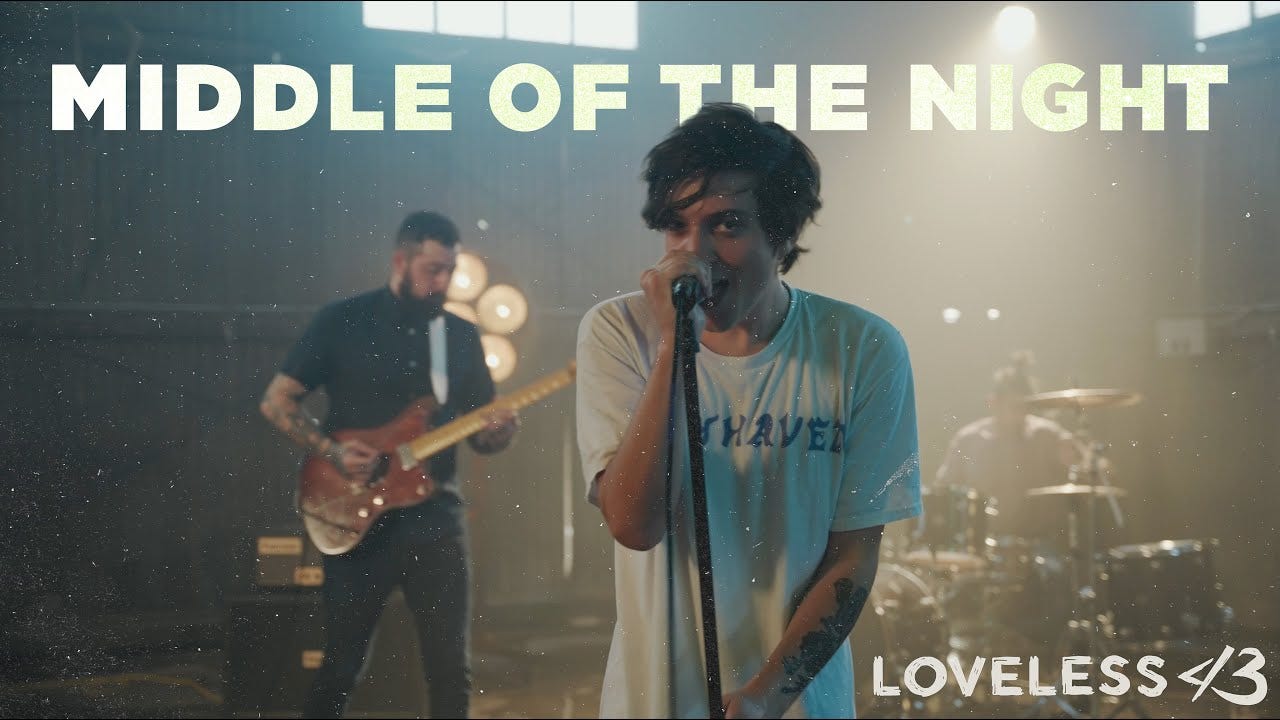
Loveless
Despite my teenage obsession with the manga & anime series by the same name, when I hear Loveless these days, I think of the LA pop-punk band that broke out in the middle of the pandemic, selling out shows and amassing millions of fans in less than three years.
Whether they’re covering Kate Bush’s “Running Up That Hill” or singing the blues on their latest single “Picasso,” every track they release is a banger. If anyone could lead the long-awaited emo revival, Loveless would be it.
Supporting 🫶
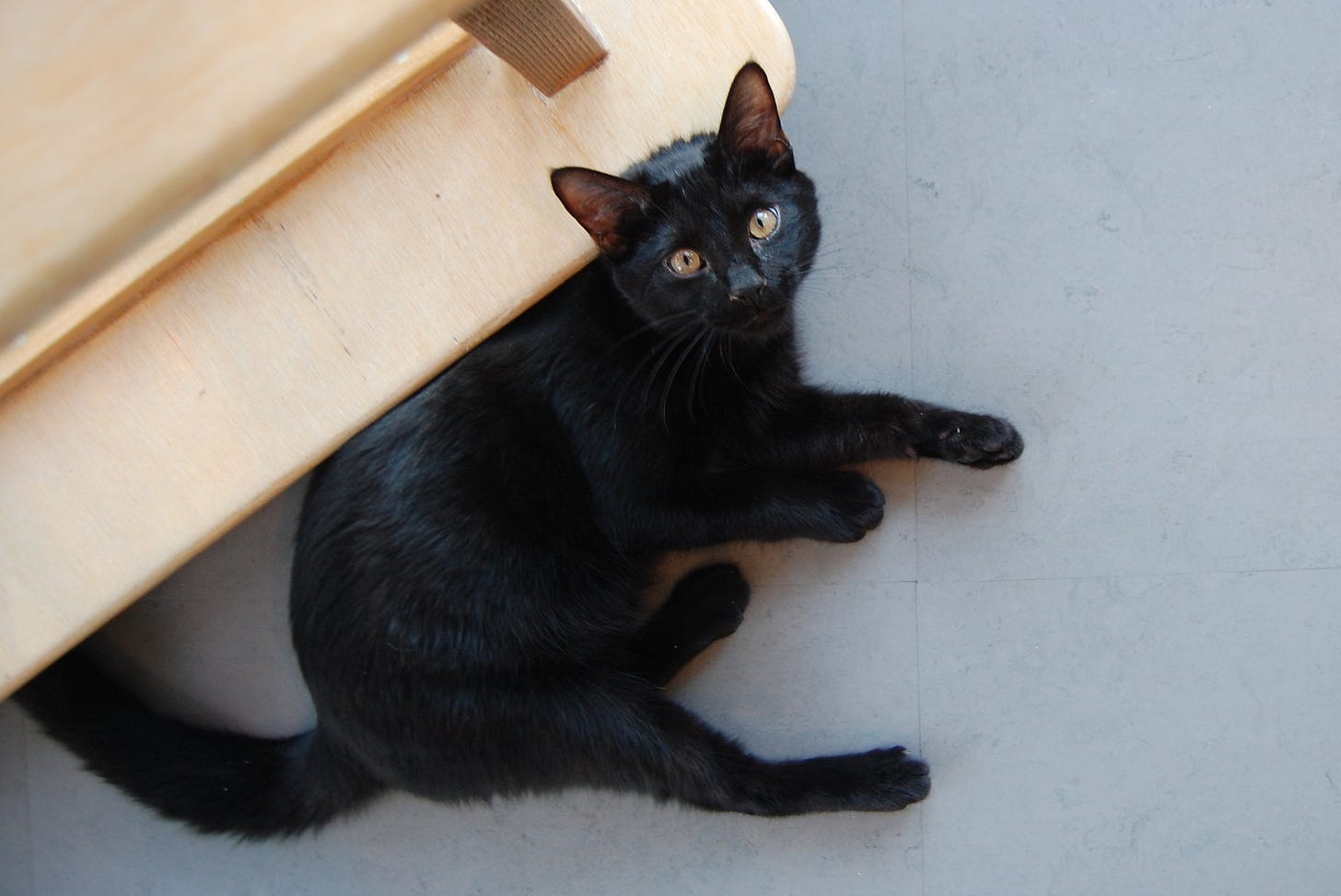
Cat Town
In case you haven’t heard, October is Black Cat Awareness Month. Whether it’s due to long-held superstitions or vain concerns about their photogenics, black cats are half as likely to get adopted than cats of other colors.
You can help black cats find their forever homes by donating to Cat Town, a nonprofit cat rescue that has helped reduce the euthanasia rate for cats at Oakland Animal Services, Oakland’s municipal shelter, by more than 70% since its founding in 2011.
I’m lucky to have two black cats myself, and as a longtime Cat Town donor and volunteer, I know how much their amazing work impacts the community.
Give what you can for a great cause, and comment below on what your moments of sunshine were this month!




Even after two decades and the outdated references (Nokia phones, paper printouts at business seminars), Bet Me still holds up to its rom com vibes! Such a great example in using friendships to advance a romance story.